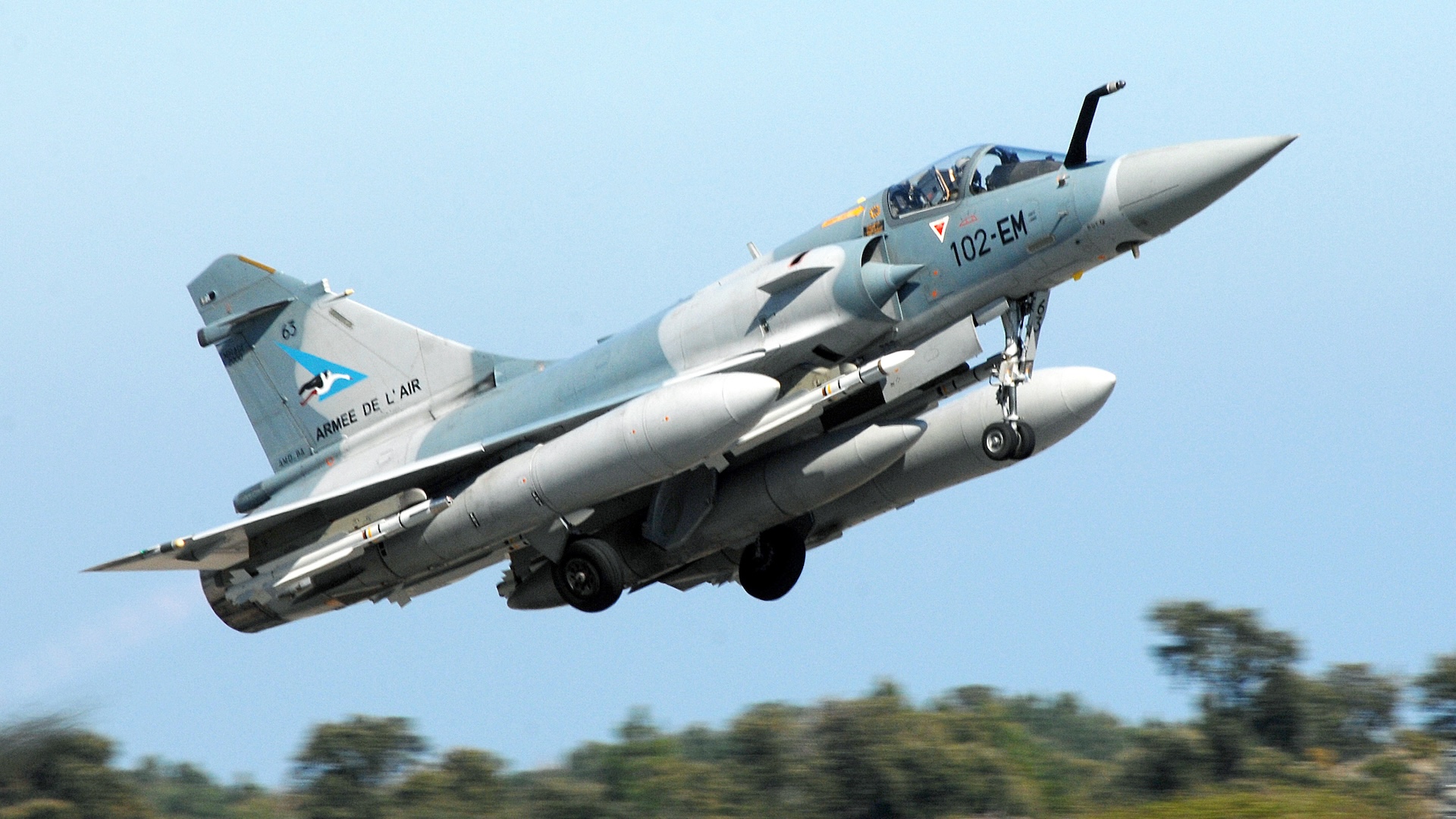The first Dassault Mirage 2000 fighter for the Ukrainian Air Force has arrived in the country, according to statements from the defense ministries of France and Ukraine. With this development, Ukraine gets its second Western-made fighter type, following the arrival of the F-16, the first of which arrived in Ukraine last summer.
In a statement on X today, the French Minister of the Armed Forces Sébastien Lecornu confirmed the arrival of the first Mirage 2000 in Ukraine. Lecornu recalled that French President Emmanuel Macron had announced plans to transfer an undisclosed number of the fighters to Ukraine, on June 6 last year, as TWZ reported at the time.
“With Ukrainian pilots trained for several months in France on board, they will now be helping to defend the skies over Ukraine,” Lecornu added.
Further confirmation was provided by the Ukrainian Ministry of Defense, which posted the following message to X and included a doctored image of a two-seat Mirage 2000, with Ukrainian Air Force markings added to the original photo.
Lecornu did not clarify whether more than one Mirage had arrived, although the above statement from the Ukrainian Ministry of Defense and a message of thanks from Ukrainian President Volodymyr Zelensky referred to the jets in the plural.
The delivery is in accordance with the original plan, which called for the first jets to be handed over in the first quarter of 2025. France had also announced that the aircraft would receive new air-to-ground capabilities ahead of the deliveries.
The undisclosed modifications that will allow them to fly air-to-ground missions are being carried out at Cazaux in southwest France, alongside the introduction of new electronic self-defense equipment.
When rumors of secondhand Mirage 2000s being provided to Ukraine first emerged, it was unclear if the aircraft in question were the more modern Mirage 2000-5F versions currently operated by France, or the older Mirage 2000C variants, the last of which were retired in June 2022, as you can read about here.
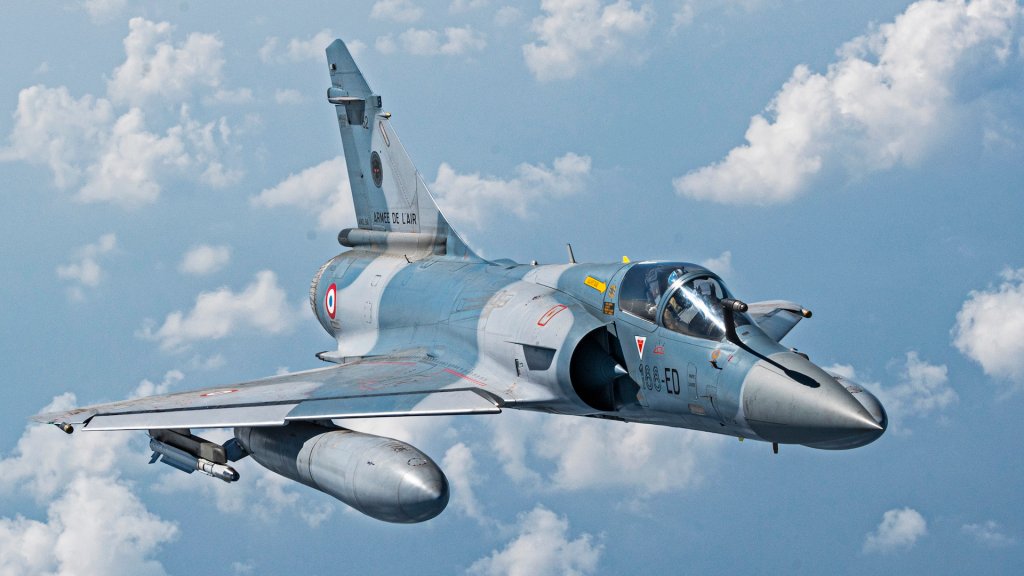
Macron later referred specifically to the transfer of the Mirage 2000-5 version, suggesting that the airframes could have been sourced from Greece, Qatar, or even Taiwan — but given the timeline, among other factors, this seems unlikely. On the other hand, until we have substantial photographic or video evidence of the aircraft in question, we likely won’t know for sure the identity of their original operator. Meanwhile, most reports point to the Mirage 2000-5F version, around 30 of which are currently available, based at Luxeuil in France, with a detachment in Djibouti on the Horn of Africa.
The French-operated Mirage 2000-5F fleet was converted from existing Mirage 2000Cs, but emerged as far more capable jets, although they were almost entirely restricted to air-to-air operations, at least in their basic form.

Crown Copyright
The key features of the Mirage 2000-5F include a mechanically scanned pulse-Doppler radar, known as the RDY, which has a look-down/shoot-down capability. The radar can track up to eight targets simultaneously and also has some air-to-ground functionality. The new radar is combined with a much-modernized cockpit, including three multifunction color displays.
In its standard air defense ‘fit,’ the Mirage 2000-5F is primarily armed with the MICA family of beyond-visual-range air-to-air missiles, which can be fitted with either radar-homing or infrared seeker heads. The MICA, which is also available in ground-launched form, is a missile type that has so far not been provided to Ukraine.

Perhaps most intriguing is the Mirage’s new air-to-ground capability. We don’t yet know what types of offensive munitions will be added after the upgrade work, although we have previously noted the two most obvious candidates. The first of these is the stealthy SCALP-EG cruise missile, which has been integrated on other Mirage 2000 versions and is already used by Ukrainian Su-24 Fencer strike aircraft.
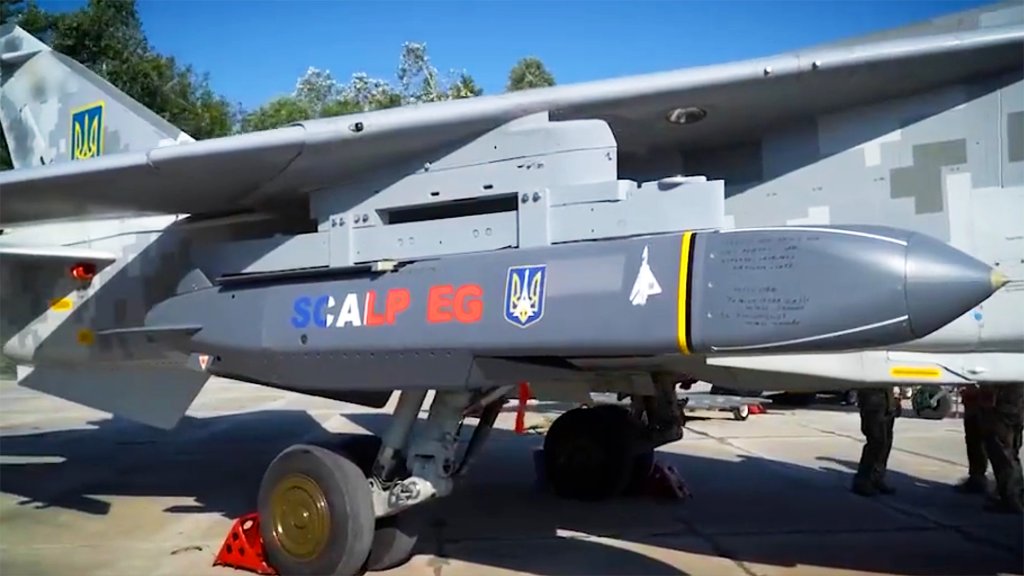
The other notable option is the Hammer rocket-assisted precision-guided bomb. While the Hammer is not known to have been integrated on the Mirage 2000 previously, the French-made weapon is also used by Ukraine, with France promising to deliver significant numbers, initially for use on Soviet-era combat aircraft.
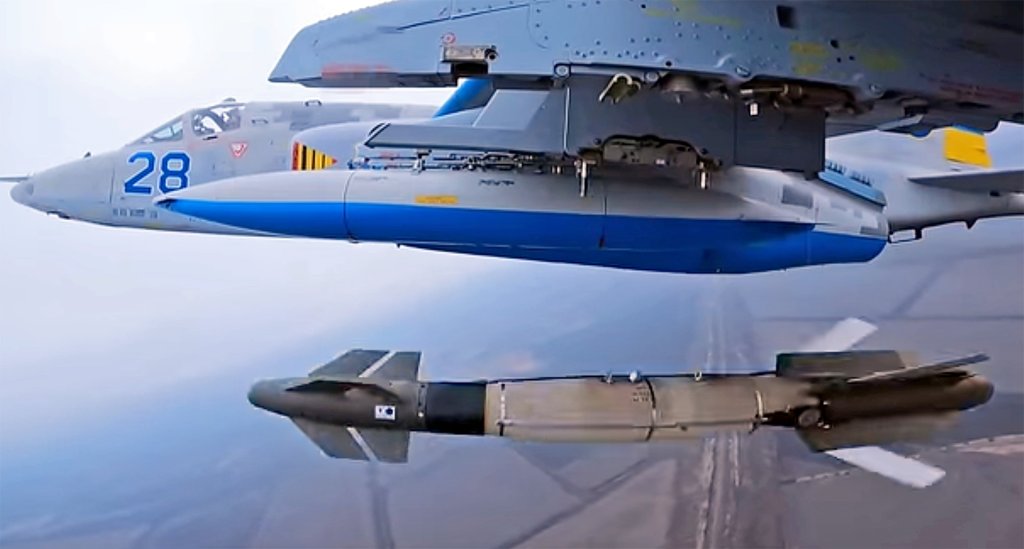
Also interesting is the new electronic self-defense system that’s being integrated into the Mirages. Again, as we have discussed in the past, one possibility is the ICMS Mk 2 system, which is already used on export Mirage 2000-5s. This is a fully internal suite that includes radar warning receivers, jammers, and chaff and flare dispensers, meaning that external stores stations remain available for weapons and fuel tanks. More advanced still is the ICMS Mk 3, a fully digital electronic self-defense system, used on the Mirage 2000-9 export version.
Whatever the equipment, it’s notable that the Mirages — like the Ukrainian F-16s — are being provided with a more robust electronic warfare suite, a reflection of the extremely high level of risk posed by Russian air defense systems anywhere close to the front lines.
How quickly Ukraine might be able to use the Mirage in combat will depend primarily upon the level of training that the pilots and mechanics have received. Reports in the French media state that the country has agreed to train an initial 26 Ukrainian pilots and the first cohort completed Alpha Jet training in France last September.
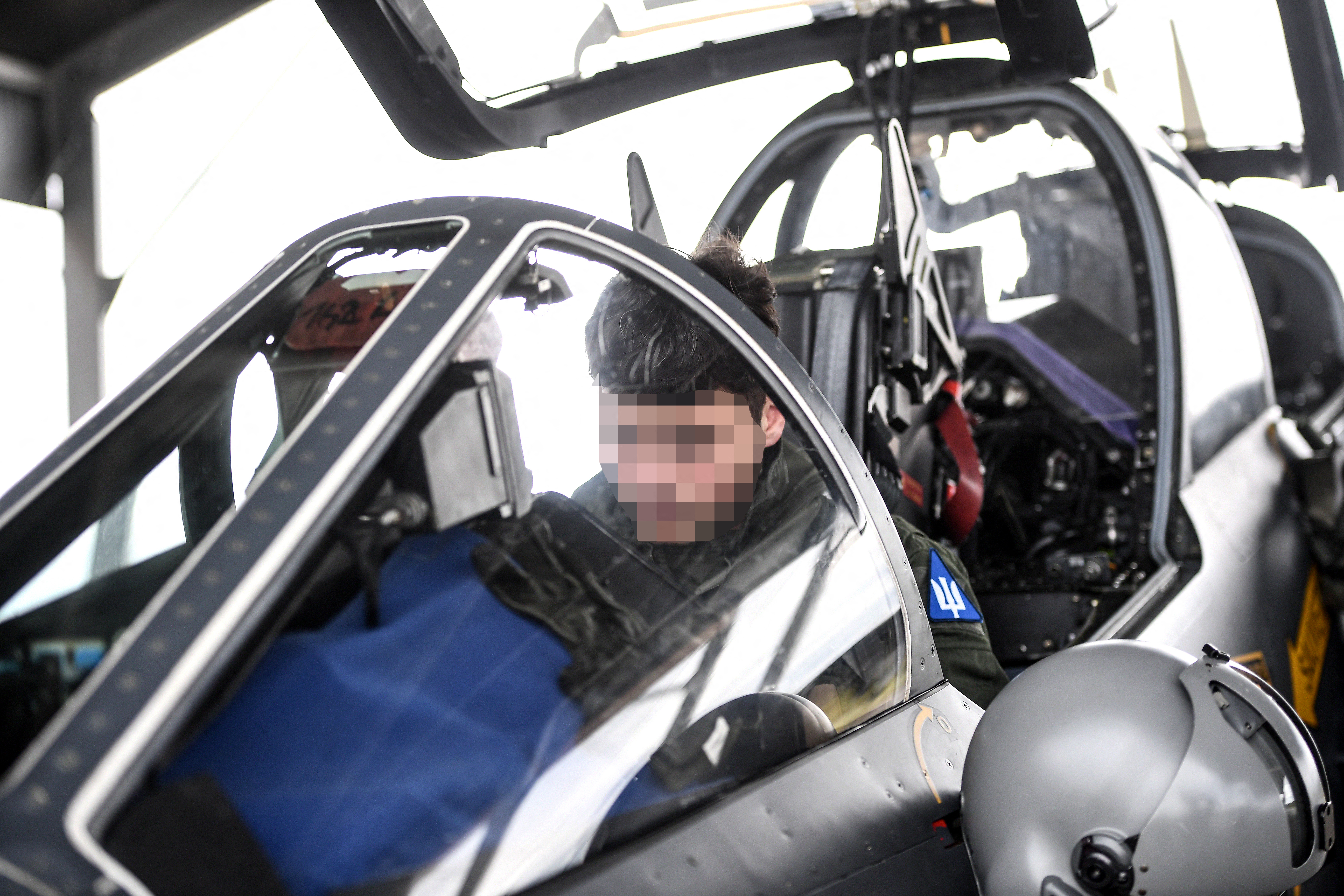
While the F-16 seems to have been introduced to combat primarily in an air defense capacity, especially in the defense of cities and infrastructure against Russian drone and cruise missile attacks, the Mirage might be first employed for strike missions. After all, Ukrainian personnel are already familiar with the SCALP-EG and Hammer munitions, and the latter, at least, has been made available in very significant numbers.
Further importance is added to the Mirage’s arrival by the fact that deliveries of F-16s to Ukraine have been delayed. This has impacted the timeline for the handover of F-16s promised by Belgium, specifically. The Belgian government had hoped to deliver the first batch of F-16s to Ukraine by the end of 2024, but this has been held up by a lack of trained Ukrainian pilots and spare parts, according to the Belgian Ministry of Defense. Today it was reported that a batch of former Dutch F-16s had also arrived in Ukraine. These may well be the first from this source to touch down in the country, as opposed to going to the training center in Romania.
Ultimately, the Mirage deal could pave the way for transfers of more aircraft of the same type, potentially from other sources, or even different Western fighters, to help Ukraine defend against Russia’s continued numerical and technological advantage in the air.
In regards to other Western fighters, the long-discussed plan to transfer Swedish Gripen C/D jets is still apparently on the table. There was confirmation today from the commander-in-chief of the Ukrainian Armed Forces, Oleksandr Syrskyi, that talks are ongoing.
“We agreed to continue discussions on meeting the needs of Ukraine’s air force, particularly regarding the supply of Swedish-made aircraft. We have a difficult road ahead, but we must persevere and win. We stand strong with the unity of our people and the unwavering support of our allies — among them, our devoted and reliable friend, the Kingdom of Sweden,” Syrskyi said.
While we wait to see the first imagery of the Mirages in Ukraine, as well as the first reports of operational sorties, today’s development provides a much-needed boost to the country’s air defense and standoff strike capabilities.
Contact the author: thomas@thewarzone.com
